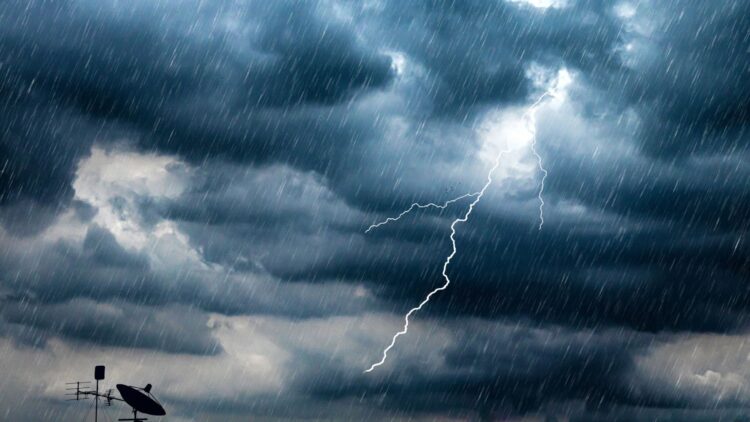By the times the skies open up and thunderstorms roll in, several people by instict head indoors, ready to ride out the storm with a cozy blanket and a streaming marathon. But while you’re about to look for for the remote, there’s an important step most of us forget—and it could mean the end for one of your most expensive electronic devices.
In summer due to the electrical overload can affect the safety in the home and many people are unaware of the hidden risk that exists in it. Because of this, it is necessary to take care of everything from the smallest power strip to large power outages and their hidden risks. Feel free to read on to take care of home safety.
The main reason of why storms and electronics don’t mix
We’ve all heard the basics: if you’re caught outside in the middle of a thunderstorm, don’t shelter under a tree or go near large bodies of water like rivers, lakes, or the ocean. But when you’re safely inside your home, the risk isn’t entirely gone—in specific for your electronics.
Most recent buildings are equipped with lightning rods and surge protection systems designed to handle electrical spikes. Still, experts say that during intense electrical storms, the best option to protect your devices is to physically unplug them from the wall.
And yet, spite of this widely known advice, there’s one surprising cable most people forget to disconnect—and it’s usually the real culprit behind fried electronics after a storm.
The number of deaths is disturbing
Each year, 20 to 30 people are killed by lightning strikes in the United States, while hundreds are reported injured. While thunderstorms are unpredictable, it does not necessarily have to be raining for lightning to strike.
The hidden risk lurking behind your TV
It’s normal to power off devices or unplug them from surge strips when lightning threatens. Nevertheless your television may still be vulnerable—even if it’s turned off and disconnected from the power outlet. The real danger? The antenna cable.
Several homes still rely on rooftop antennas to access local channels. These antennas are commonly mounted at the highest point of the house, making them prime targets for lightning strikes. If lightning hits the antenna—even indirectly—the resulting electrical surge can travel through the coaxial cable straight into your television, damaging internal components beyond repair.
By just unplugging your TV’s power cord isn’t enough. If the antenna cable remains connected, your screen—and wallet—could take the hit.
What you should take into account before the next storm hits
If a storm is getting close, take into account these steps to stay safe and protect your electronics:
- Unplug all electronics, in specific valuable items such as computers, TVs, and gaming consoles.
- Disconnect any external cables, including antenna cables and Ethernet cords.
- Invest in a high quality surge protector, but keep in mind —it’s not foolproof during a direct lightning strike.
- Stay off corded phones and wired devices during active lightning situations.
In short, when it comes to storms and electronics, it’s not just about unplugging—it’s about unplugging everything.
The finishing touches indoors and outdoors
It is also important to check the weather forecast before heading outdoors, as knowing what the weather will be like helps minimize the risk of being struck by lightning outdoors. In addition, it is advisable to plan ahead where shelter can be found if a storm threatens. As well as, seek shelter indoors: the safest place during a thunderstorm is inside a large, enclosed structure with plumbing and electrical wiring that can conduct electricity such as shopping malls, schools, office buildings and private residences: if there are no buildings nearby, you can take shelter inside an enclosed metal vehicle such as a car (convertibles are not safe), a van or a school bus.
The key 30-minute rule to protect yourself from lightning strikes
According to NOAA, studies have shown that most people are struck by lightning before or after a thunderstorm and never at its peak. It doesn’t even need to rain for one to strike. “Lightning can strike more than 16 kilometers from the place of rain,” specialists warn.
Experts point out that always the warning signal is the sound of thunder. “If you hear thunder, it is your warning that you are within striking distance. Seek safe shelter immediately,” they ask from NOAA.

